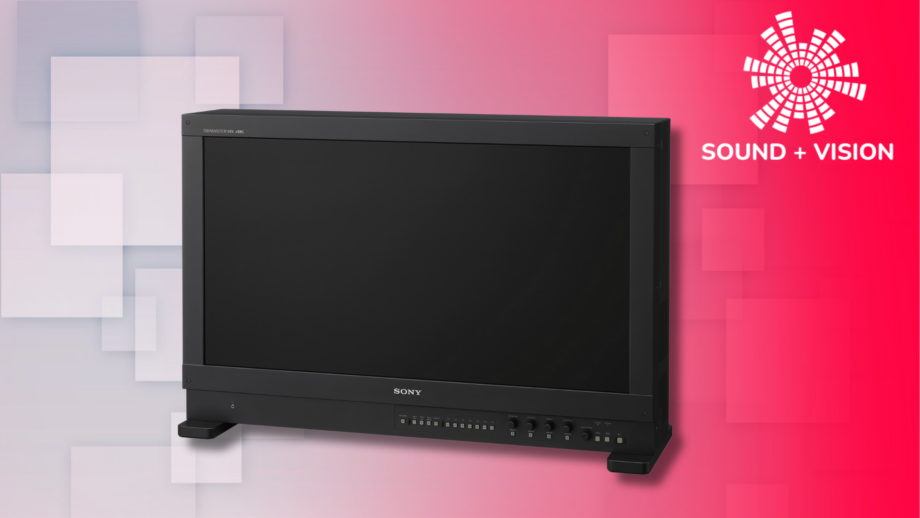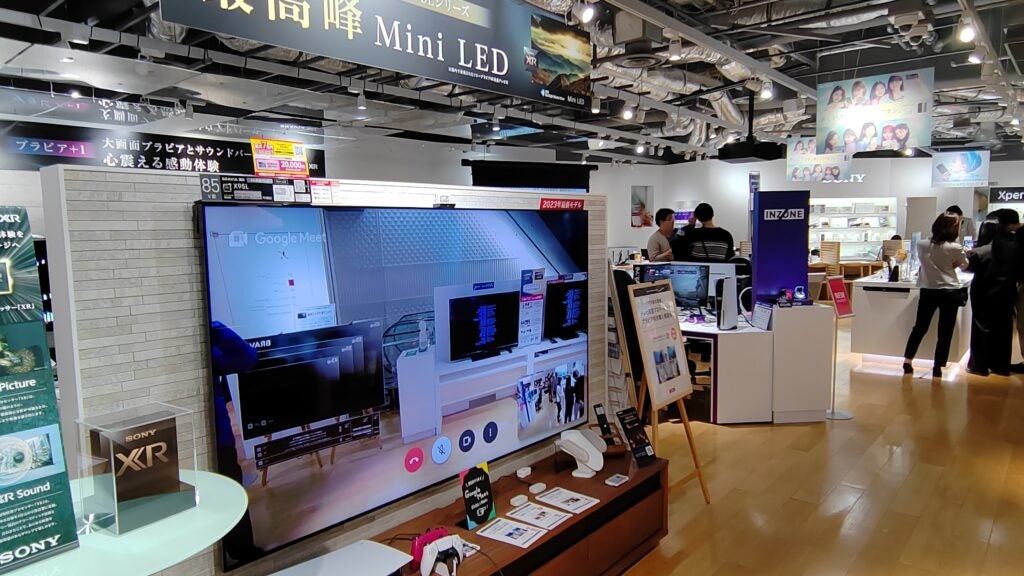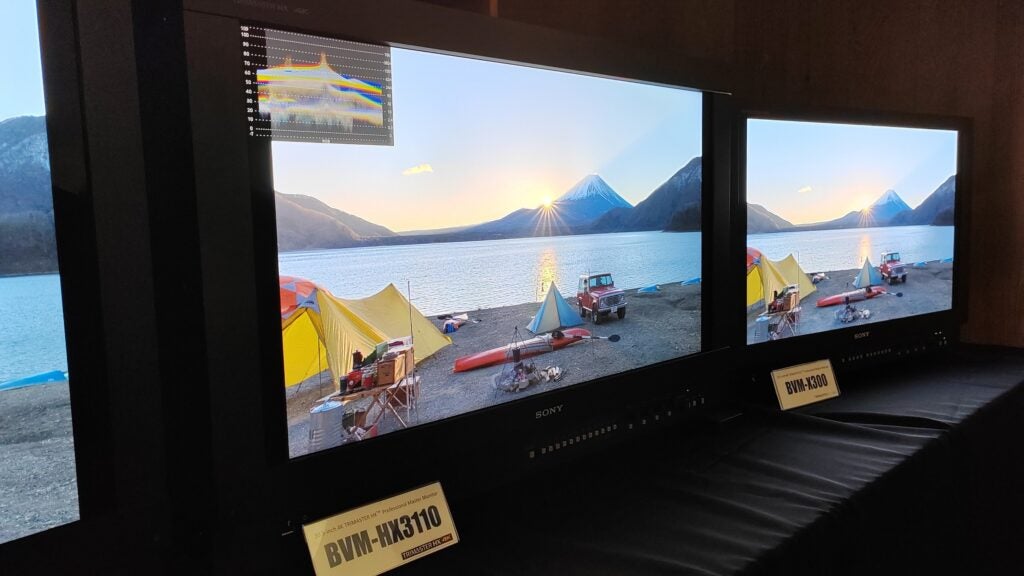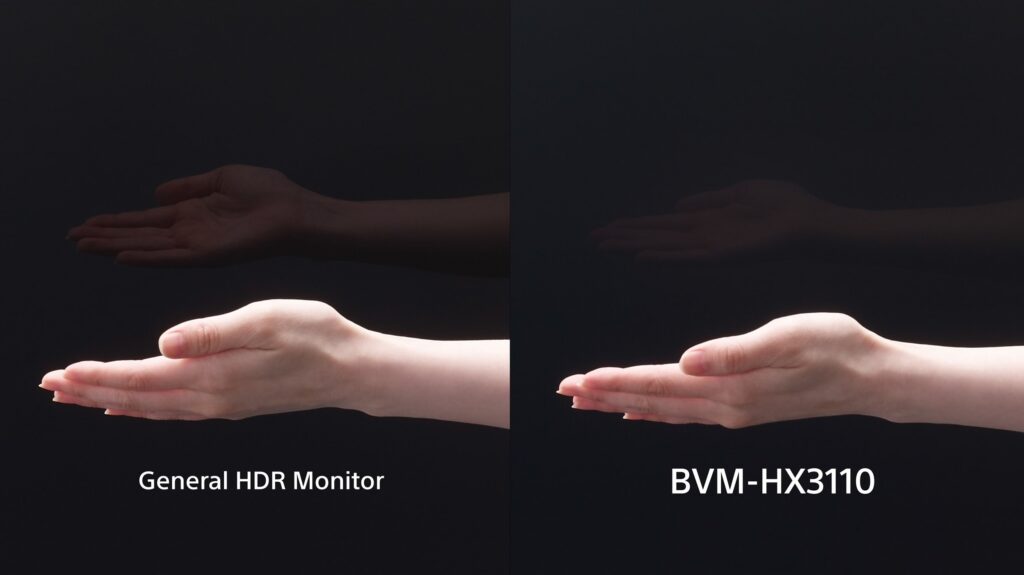Sound and Vision: Sony looks to Mini LED for brighter, smarter HDR in 2024

OPINION: I travelled to Sony HQ in Japan for an insight into its 2024 TV plans, and hands-on with the brightest professional mastering monitor yet.
Sony wants to make TV picture presets smarter, able to offer bespoke image adjustments on a movie-by-movie basis and make HDR much brighter.
If you thought 4K TVs couldn’t look much better, you might have to think again.
The Japanese giant laid out its ambitious plans at an exclusive briefing in Tokyo, November 2023, stressing its road map was all part of a larger move to better deliver the content creator’s intent in the home.

The idea of ever more intelligent image presets is fascinating. While all Sony TVs (and for that matter those of other manufacturer’s) offer basic genre-based image presets (Standard, Movie, Sports, Dynamic, that kind of thing), there has been a concerted move over the past few years to improve their precision, by integrating light sensors and apply machine learning.
Research continually suggests consumers don’t spend time manually tweaking menus, so more dynamic adjustment makes a lot of sense.
Dolby Vision IQ was one of the first smart presets, adjusting image parameters based on ambient light in the viewing room. Similar initiatives include HDR10+ Adaptive and Filmmaker mode Adaptive.
Sony doesn’t actually support Dolby Vision IQ (although it does recognise regular Dolby Vision), or Filmmaker mode, the universal image preset that essentially removes proprietary picture processing. But was an early exponent of Netflix Calibrated Mode, which for all intents and purposes was a mirror of its studio authentic Custom setting, and more recently its BRAVIA Core Creator Calibrated mode.
The latter is used for the BRAVIA Core streaming service on Sony’s current (2023) flatscreen fleet to optimise IMAX movie content. IMAX takes the view that films shot for its premium format deserve to be presented with a tad more colour pop and dynamism than you typically get from the likes of Filmmaker mode.
Turns out this is just the tip of a picture tweaking iceberg.
Sony is now suggesting that future iterations could see your TV picture adjusted on an individual movie basis, using specific metadata created by the studio, the cinematographer or even the director – effectively becoming a genuine Creator Calibrated mode.
The company admits that this dream might be several years away, and it’s not entirely clear how it would be achieved, it did speculate with me that advanced AI techniques could be employed, working in conjunction with the light sensor in your TV. Imagine images adjusted dynamically by a ‘virtual’ director, depending on the ambient light in your room.
It’s an intriguing notion, one that plays brilliantly into Sony’s philosophy of realising the creator’s intent in the home – and increasingly it looks like Sony is positioning Mini LED, and not OLED, as the preferred display technology to bring that intent home.

There’s no perfect display device, admits Sony Distinguished Engineer Toshiyuku Ogura, but he seems to believe that Mini LED has the greatest potential, when it comes to colour volume, brightness and viewing angle.
In what looks a lot like a pincer movement, Sony hopes to persuade Hollywood and movie makers to push the HDR peak brightness envelope to take advantage of ever more capable screens, with the introduction of the BVM-HX3110, its first 4000 nit (cd/m²) capable mastering monitor.
This 30.5-inch 4K Trimaster HX screen is a no compromise authoring tool, complete with built-in waveform monitor, and other innovative features.

Built around a dual layer LCD cell, it presents extraordinary picture detail in bright highlights and near blacks. I had a chance to compare footage on the new monitor alongside its predecessor, the 1000 nit (peak) BVM-HX310, and was thunderstruck by the lift in clarity.
The BVM-HX3110 has the potential to be a game changer when it comes to HDR grading. Of course, it remains to be seen if studios, directors, and cinematographers actually want to upgrade HDR for home viewers to such a level.
While some movies are mastered and graded for disc release beyond the 1000 nit ceiling recommended by broadcasters, the vast majority are not, whether for artistic reasons or mindful that the majority of HDR screens sold today are simply incapable of displaying high peak brightness, instead having to tone map it into something more usable.

The BVM-HX3110 isn’t just an HDR beacon. It also offers excellent off angle viewing, fast pixel response time, and low screen reflectivity (so colour graders no longer have to worry about wearing a bright white shirt to work).
The set uses AR processing to cancel out incoming ambient light using an optical wave cancellation technique. The result is greater contrast and better black reproduction.
The BVM-HX3110 isn’t the first super bright mastering monitor to be launched, but rival screens are not in widespread use, and certainly not as ubiquitous as Sony’s all-conquering HX310. If any brand has the clout to make a 4000 nit monitor the next industry standard, it’s Sony.
This isn’t the first time Sony’s professional arm has set out to inspire creators, fundamentally changing our viewing experience at home, and in the cinema, in the process.
“Sony has a long history of working hand in glove with creators,” I’m told, “not just empowering them because we have Sony Pictures and Sony Music, and Sony Interactive Entertainment, but finding out what their needs are, what kind of creative vision they have in their minds that they’re trying to express, and then developing tools and technologies and solutions that empower that. We’ve done this for years.”
The two-part Venice CineAlta camera is a case in point, allowing shots to be taken that simply wouldn’t have been possible with more conventional camera systems. Case in point: the in-cockpit footage from Top Gun Maverick.
The BVM-HX3110 could be as influential.
“It represents a new tool that will empower the capabilities and visions of creators for more expressive HDR, more impactful content for more immersion – and we are also concurrently developing new consumer technologies that will enable customers to engage with those pieces of content in homes in a very authentic way.”
And it’s the latter which has me most excited. By evolving the entire chain, from lens to living room (an oft quoted Sony mantra), we all stand to benefit.
And if the prospect of having Christopher Nolan adjust your picture settings when you’re watching Oppenheimer doesn’t set your AV-loving heart racing, you might want to check your pulse.








